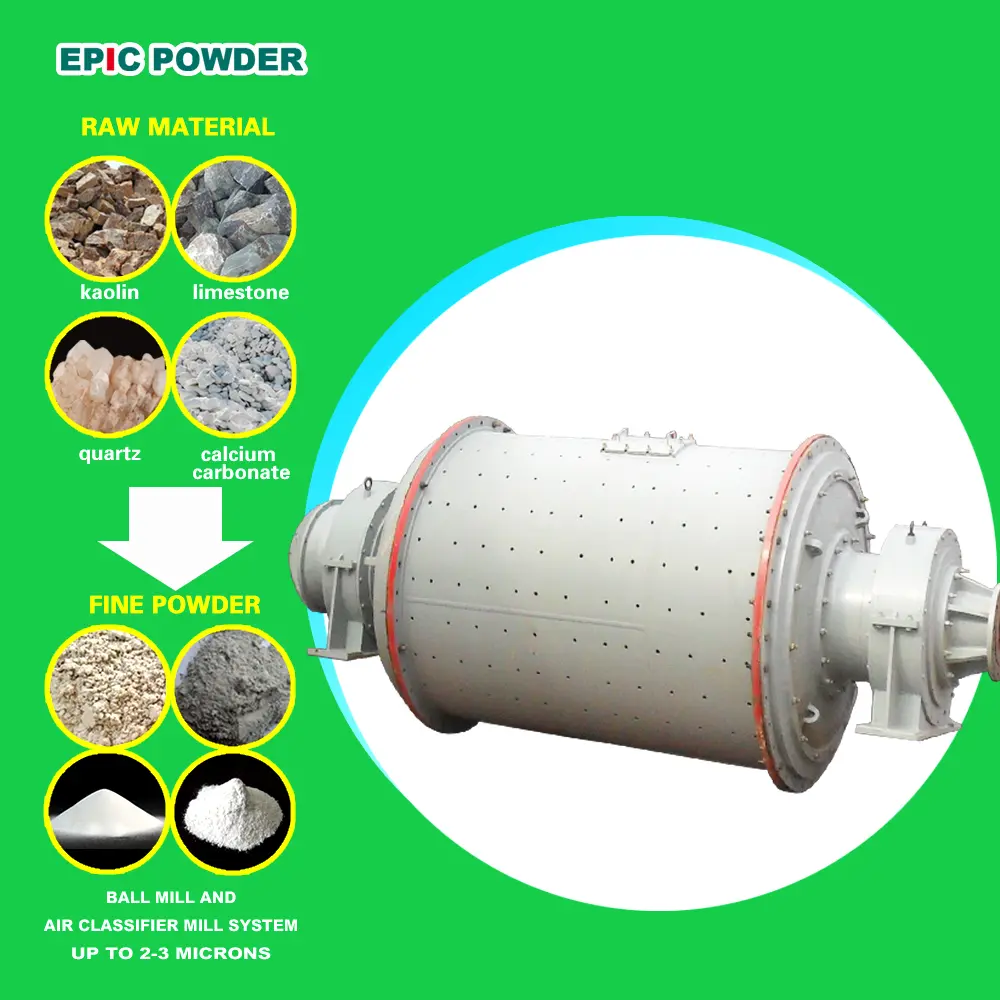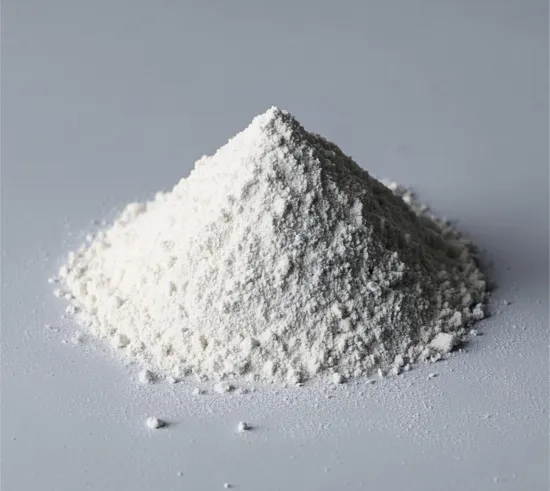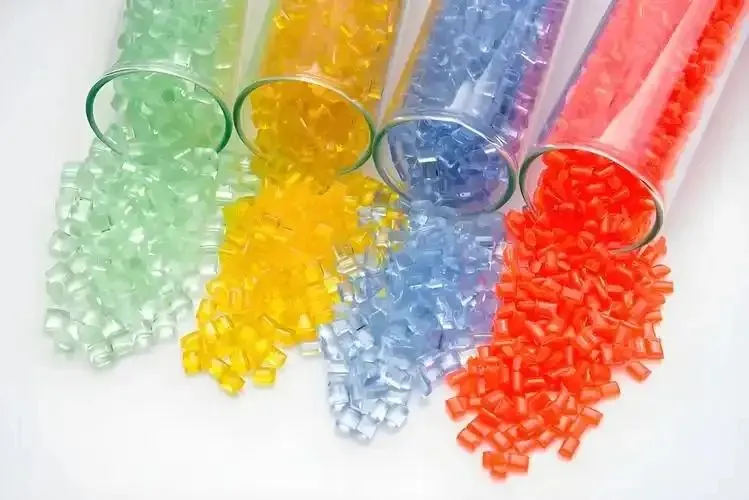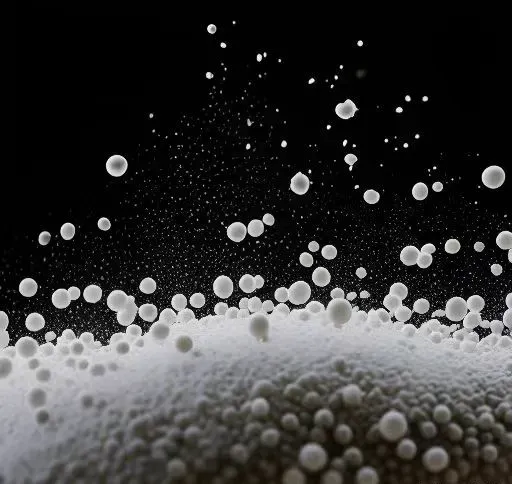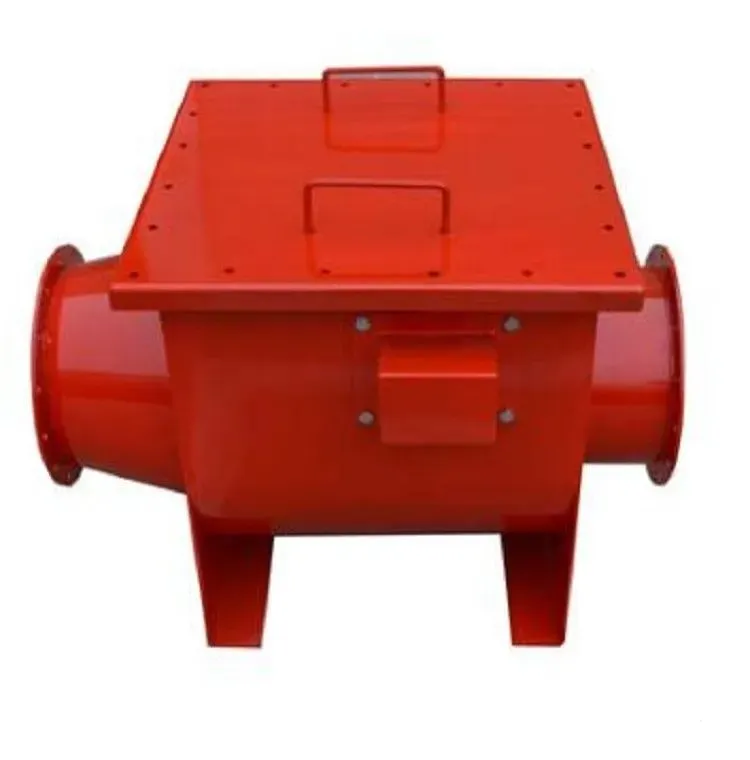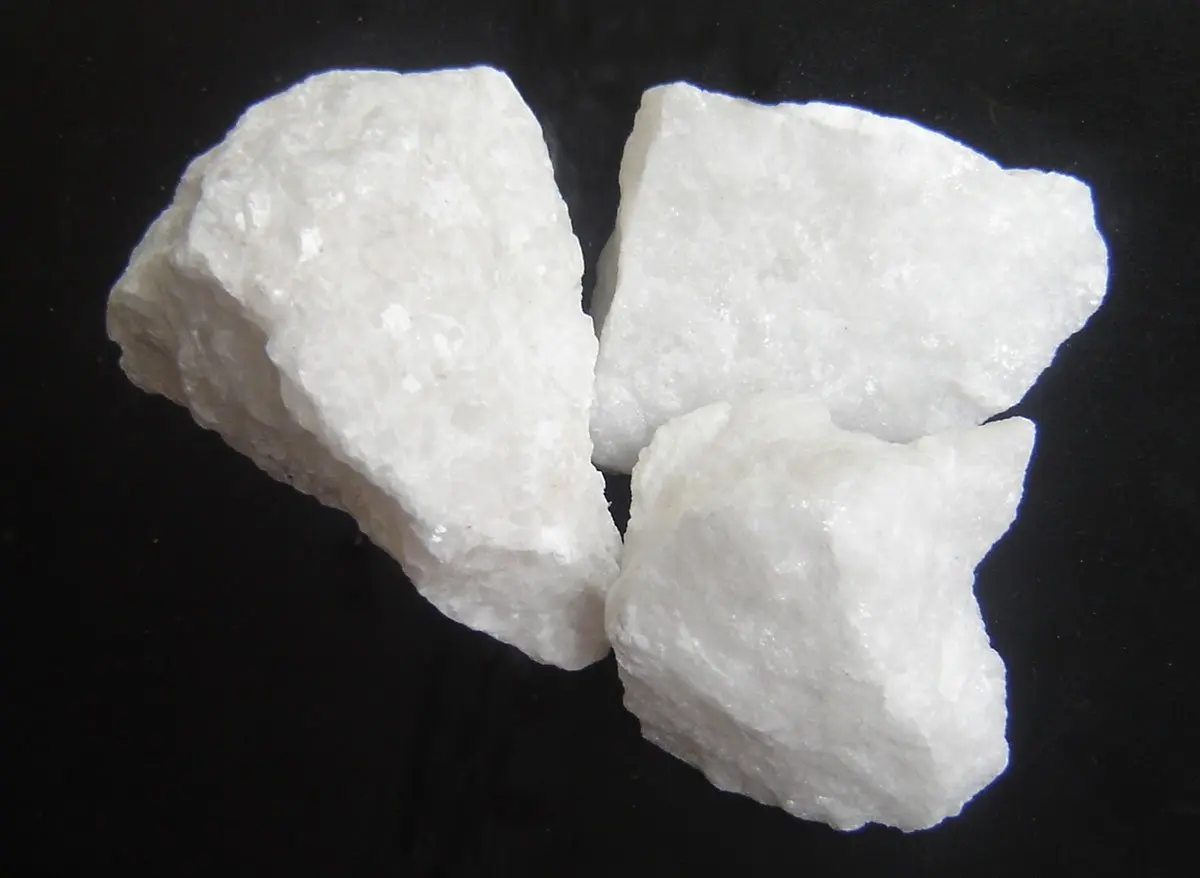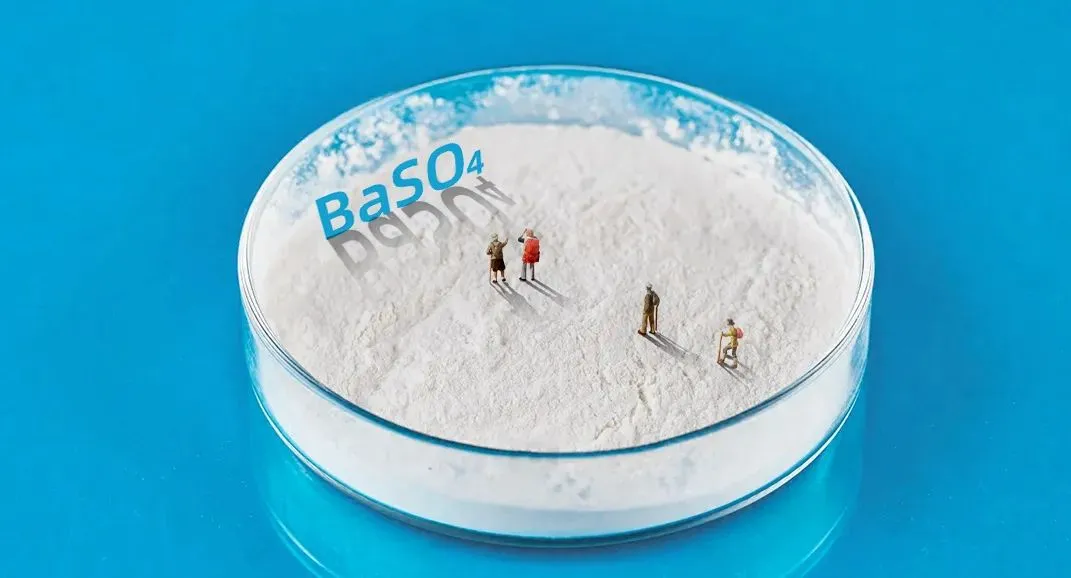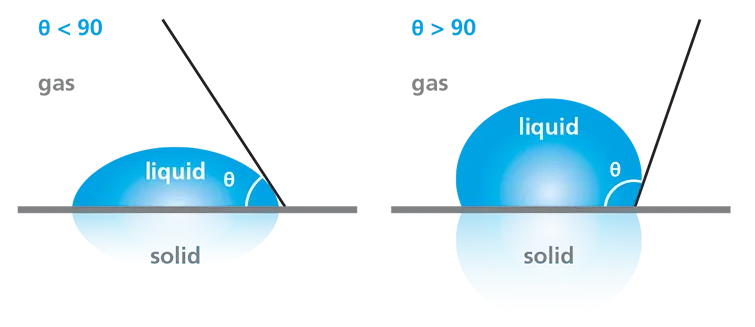In recent years, the calcium carbonate industry has faced intense internal competition, marked by aggressive price wars. As a result, the industry’s development model has progressively transitioned toward innovation-driven strategies.
At the same time, high value-added products such as modified calcium carbonate, ultrafine heavy calcium carbonate (particle size≤5μm), nano calcium carbonate, calcium carbonate for toothpaste, food-grade calcium carbonate, calcium carbonate for medicine, calcium carbonate for cigarette paper, and calcium carbonate for breathable membranes have obvious advantages in market competition and have become a strong driving force for the growth of the industry scale.
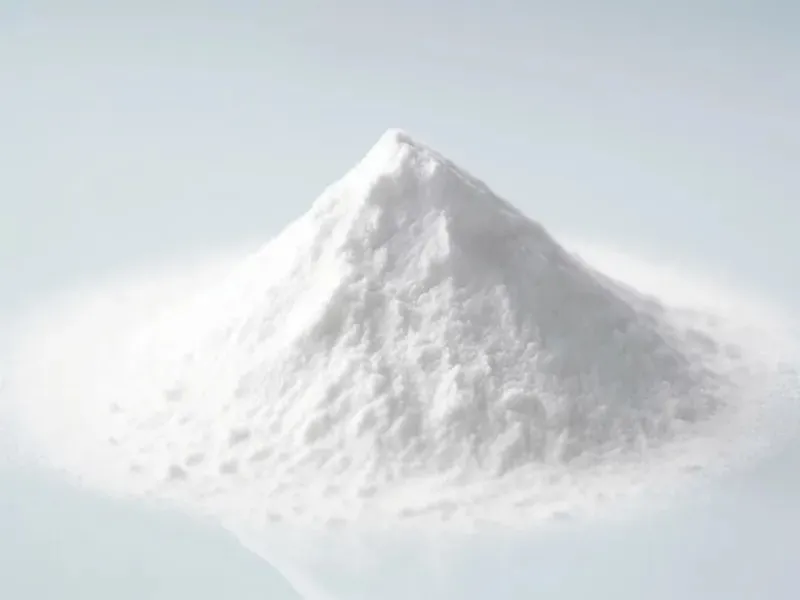
1. Modified calcium carbonate
Surface modification is an important means to improve the application performance of calcium carbonate, improve its applicability, and expand its market and dosage. Calcium carbonate treated with surface modifiers (coupling agents, stearic acid, inorganic salts, etc.) has improved dispersion and compatibility, significantly improved use effects, good user experience, and naturally increased product prices.
Calcium carbonate products without surface modification can only be used as a traditional filling material, and its application fields and dosage will be subject to certain restrictions. Through surface modification, calcium carbonate becomes a multifunctional modifier. In the future, functionalization and specialization will become the main trend in the development of calcium carbonate. The market demand for various surface-modified special calcium carbonates will be increasing.
2. Ultrafine heavy calcium carbonate (particle size≤5μm)
Ultrafine is an important way to improve the quality of calcium carbonate. For example, if the particle size of calcium carbonate reaches 2500 mesh or 5000 mesh, its application in plastics has made a breakthrough. With the increase in market demand for ultrafine powder and the improvement of quality requirements, the proportion of ultrafine heavy calcium carbonate in total output continues to increase.
The “Guidelines for Industrial Structure Adjustment (2024 Edition)” listed ultrafine heavy calcium carbonate (particle size≤5μm) as an encouragement category for the first time, which also clarified the direction of the development of heavy calcium carbonate products.
3. Nano calcium carbonate
The particle size of nano calcium carbonate is between 1 and 100nm, including ultrafine calcium carbonate (particle size 20-100nm) and ultrafine calcium carbonate (particle size 1-20nm).
The “Guidelines for Industrial Structure Adjustment (2024 Edition)” made it clear for the first time that calcium carbonate with a particle size of 100 nanometers or less will no longer be restricted.
Compared with ordinary calcium carbonate, nano calcium carbonate has obvious advantages in reinforcement, dispersibility, heat resistance and dimensional stability. It’s widely used in rubber, plastic, papermaking, coatings, inks, sealants, lubricants, concrete, food, medicine, ceramics, lithium batteries and environmental protection. However, at present, very few nano calcium carbonates produced in China truly meet the nanometer standard. The products generally contain both nano-scale particles and micron-scale particles, and the crystal morphology is usually mixed with each other.
4. Calcium carbonate for toothpaste
Abrasives are essential components in toothpaste formulas. Commonly used toothpaste abrasives include hydrated silica (silicon dioxide), calcium hydrogen phosphate, calcium carbonate, trihydrated aluminum oxide, etc.
Among them, toothpaste with calcium carbonate as abrasive currently accounts for about 50% of the sales volume of toothpaste in my country. Calcium carbonate is cheap and easy to obtain (limestone or calcite and other raw materials are abundant), and is widely used in medium and low-end toothpaste.
According to statistics, the national toothpaste-grade calcium carbonate production is roughly stable at 100,000 tons/year, of which heavy calcium carbonate accounts for about 70% and light calcium carbonate accounts for about 30%. The export volume is about 10,000 tons/year, earning 30 million yuan in foreign exchange.
Based on China’s population of 1.4 billion, the average annual toothpaste consumption per person is about 4 tubes (400g). The total demand for toothpaste is about 560,000 tons/year. If the amount of abrasive added is 50%, 280,000 tons of abrasive will be needed/year. If toothpaste using calcium carbonate as abrasive accounts for 50%, the potential market size of toothpaste-grade calcium carbonate is approximately 140,000 tons/year.
5. Food grade calcium carbonate
In the food industry, heavy calcium carbonate can be used as an alkaline agent, nutritional supplement, dough regulator, curing agent, yeast nutrient, anti-caking agent, loosening agent, gum adjuvant and modifier, etc. It can also be added to calcium nutrition fortified health foods, gum bases, leavening agents, flour products, cereal breakfasts, biscuits, dairy products, soft capsules and other products. It is even an ideal reaction raw material for high-purity pharmaceutical grade calcium citrate, calcium lactate, calcium citrate-malate, calcium gluconate and other organic calcium salts.
Nano calcium carbonate with a specific surface area of 30m2/g can increase the calcium content of milk beverages and inhibit precipitation. Nano calcium carbonate used in seafood sauce products can give seafood sauce texture, increase the strength of the sauce, obtain a soft taste, and extend the shelf life.
6. Calcium carbonate for medicine
Calcium carbonate is often used as a filler for certain drugs (such as tablets). By taking advantage of its anti-acid effect, it can neutralize part of the gastric acid after taking it to maintain the stability of the drug. It’s also often used as an adsorbent for oil drugs, and its adsorption capacity is slightly worse than that of calcium phosphate. As a medicinal active ingredient, it can be widely used in calcium supplement tablets or made into high-density calcium tablets. It can also be used as a filler for tablet preparations to increase the nutritional content in nutritional supplement tablets. It is more convenient for stamping and forming calcium supplement preparations.
Pharmaceutical-grade calcium carbonate is generally extracted from natural marble, limestone, etc. or prepared by chemical methods. It is a white and extremely fine crystalline powder. The liquid calcium soft capsule product of By-Health Co., Ltd. is a specially treated ultrafine calcium carbonate particle suspension. It uses 300-mesh heavy calcium carbonate with an addition amount of 63.5%.
In addition, nano calcium carbonate has good biocompatibility and biodegradability while having the characteristics of polymorphism, surface effect, and small size effect. This makes it have great application potential in drug delivery, tissue repair, and biosensing.
7. Calcium carbonate for cigarette paper
Calcium carbonate is one of the important raw materials for producing cigarette paper. Its usage accounts for 40-50% of the weight of cigarette paper, and its content in the finished paper is 25%-30%. That is, one-third of cigarette paper is composed of calcium carbonate.
At present, domestic and foreign cigarette paper manufacturers generally use light calcium carbonate as an additive. The use of light calcium carbonate with a chrysanthemum-shaped crystal shape combined with spindle-shaped single crystals to produce cigarette paper has advantages that other crystal forms cannot match.
8. Calcium carbonate for breathable film
The breathable film is made by adding about 50% of special calcium carbonate to PE or PP carriers for blending. Then directional stretching at a certain ratio after extrusion into film. It is widely used in the packaging of medical and sanitary products (such as medicinal films, surgical gowns, medical gloves, sanitary napkins for women, baby diapers and disposable sheets and other clinical medical consumables), food packaging (such as cling film, composite film, cooked food packaging bags) and daily products (such as warm clothing interlayer, disposable lightweight raincoat) and other fields.
There are two key factors in the production of breathable membranes: one is calcium carbonate and the other is stretching. The performance indicators of calcium carbonate directly affect the processability of breathable membranes. Such as coking time, extrusion stability, thin membrane material manufacturability and pinhole defects, etc. Also physical properties (such as air permeability, water pressure resistance, thermal stability and mechanical properties, etc.). The production of special materials for breathable membranes mostly uses active heavy calcium carbonate. It’s activated by stearic acid, with a selling price of more than 2,000 yuan/ton.
These high-value products not only hold significant competitive advantages but also serve as powerful drivers of industry growth. By focusing on these specialized segments, the calcium carbonate sector is charting a path toward sustainable and innovation-led development.

